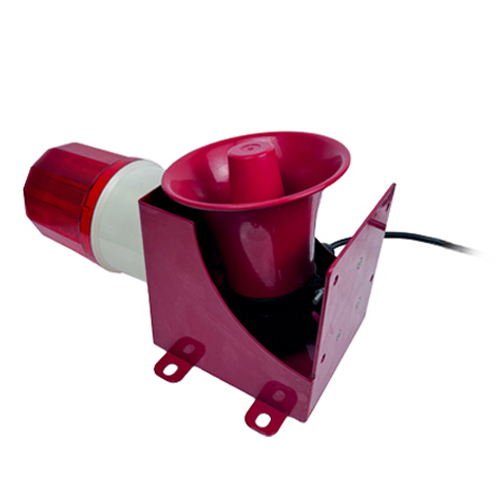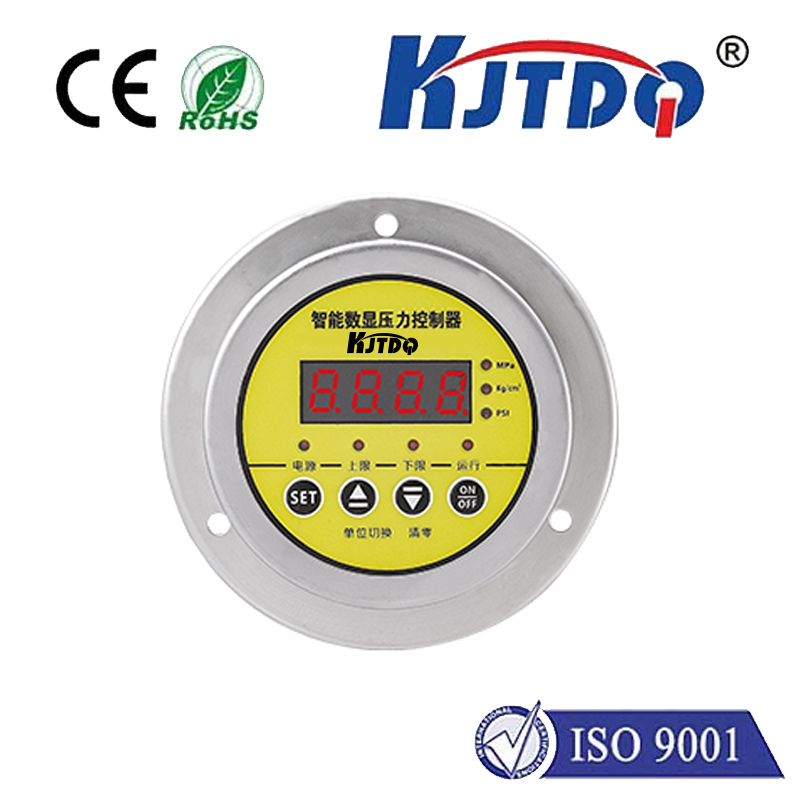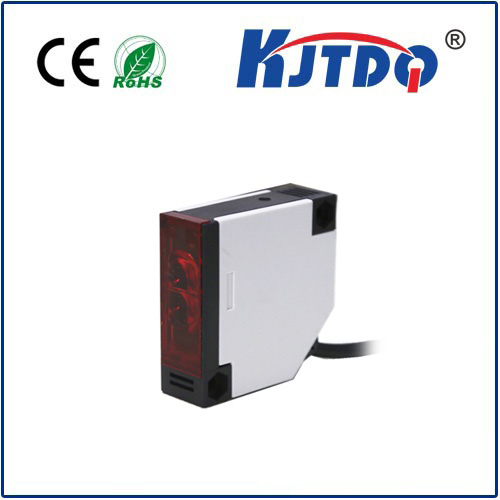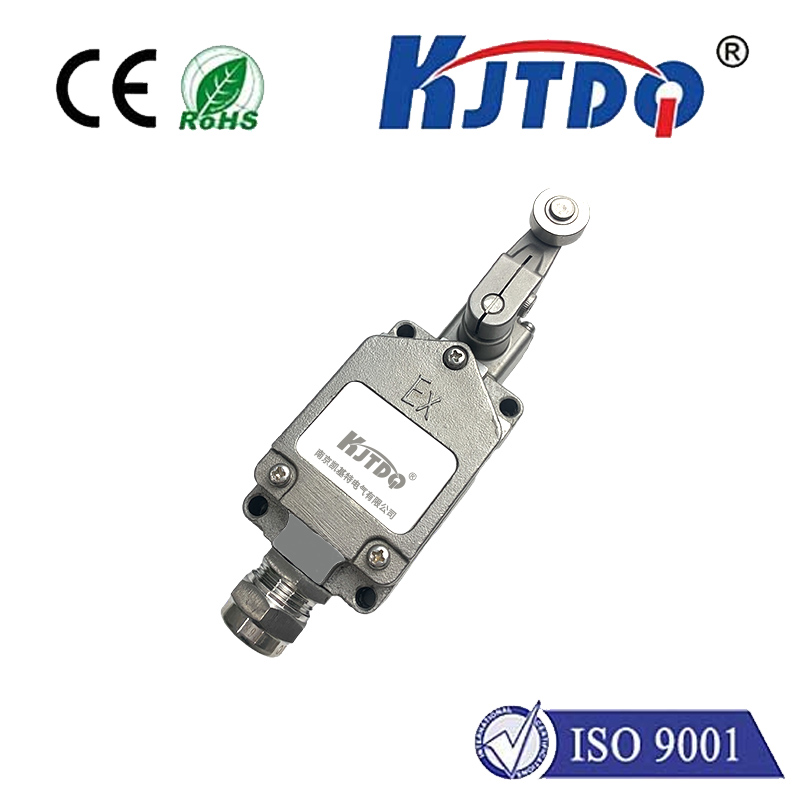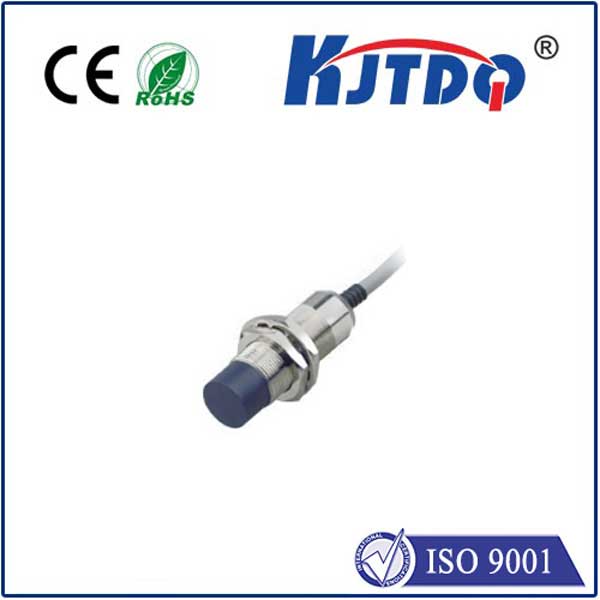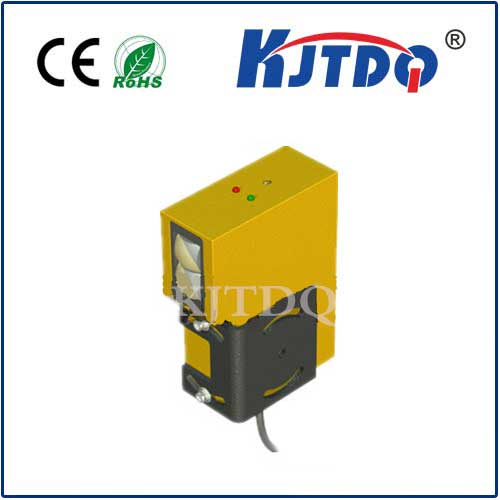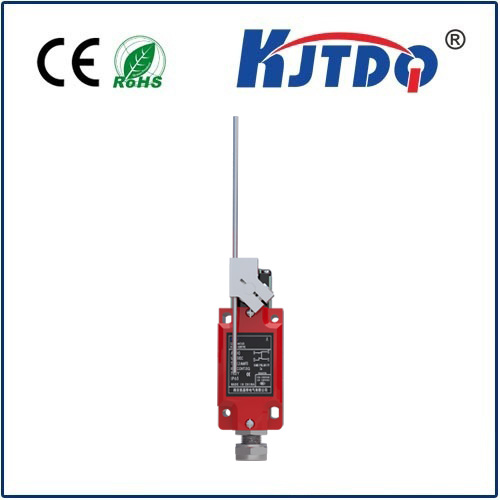over temperature sensor
- time:2025-08-25 00:54:28
- Click:0
The Critical Guardian: Understanding Over Temperature Sensors and How They Save the Day
Imagine a vital piece of machinery humming away, performing its essential task. Inside, components heat up – a normal part of operation. But what happens when that heat crosses a dangerous threshold? Without a vigilant sentinel, catastrophic failure could occur: motors burn out, circuits fry, chemical reactions become unstable, or even fires ignite. This is where the over temperature sensor steps in, acting as an indispensable safety net in countless applications. More than just a thermometer, it’s a dedicated protector designed to prevent thermal runaway and ensure operational safety.
What Exactly is an Over Temperature Sensor?
At its core, an over temperature sensor is a specialized device engineered not merely to measure temperature continuously, but to detect when a predefined, critical temperature limit is reached or exceeded. Its primary function is safety and protection. Think of it as a highly focused alarm system for heat. While regular temperature sensors provide ongoing data for process control, over temperature sensors are typically simpler in output but critical in purpose: they trigger a specific action when things get too hot.
These sensors are often designed with fail-safe principles in mind. This means that even if the sensor itself malfunctions (within reason), it defaults to a state that signals danger, prompting the system to shut down or take protective measures. Reliability is paramount, as a failure to detect overheating can have severe consequences.

How Over Temperature Sensors Work: The Mechanisms
Several technologies power these vital safety components, each suited to different environments and precision needs:
- Thermostatic (Bimetal) Switches: A classic and robust design. Two different metal strips bonded together expand at different rates when heated. Upon reaching the preset temperature, this differential expansion causes the strip to bend, physically opening or closing an electrical circuit. This direct mechanical action provides a simple, reliable on/off signal ideal for appliances, motors, and HVAC safety cut-offs.
- Thermistors: These are resistors whose electrical resistance changes significantly with temperature. Specific types (like PTC - Positive Temperature Coefficient thermistors) are used in over-temperature protection circuits. When temperature reaches a critical point, their resistance skyrockets, effectively shutting down the current flow in a circuit branch, which can be detected to trigger an alarm or shutdown.
- RTDs (Resistance Temperature Detectors): While often used for precise continuous measurement, RTDs can be integrated into circuits that monitor for resistance exceeding a value corresponding to the maximum safe temperature, acting as an over-temperature detector.
- Thermocouples: Similarly used for measurement, the voltage output of a thermocouple can be monitored by a controller. If that voltage indicates a temperature exceeding a set limit, the controller initiates protective actions.
- Solid-State Thermal Switches (e.g., TO-220 package with sensor): Commonly found integrated onto power semiconductors (like MOSFETs or voltage regulators) or within complex electronic devices (IC temperature monitoring). A tiny sensor on the chip itself detects excessive die temperature and sends a signal to internal protection circuitry, prompting shutdown before damage occurs.
Beyond Just Shutting Down: Actions Triggered
When an over temperature sensor detects a limit breach, it initiates crucial protective responses:
- Immediate Safety Shutdown: The most common action. Power is cut to the overheating component or the entire system to prevent further temperature rise and damage. This is vital for motors, compressors, power supplies, and computer processors (CPU thermal throttling).
- Alarm Activation: Audible and visual alarms alert operators to the overheating condition, allowing for manual intervention and investigation.
- Process Halt: In manufacturing lines or chemical processes, an over-temperature event might automatically stop conveyors, halt mixing, or close valves to prevent unsafe reactions or product spoilage.
- Cooling System Activation/Increase: It might trigger additional cooling fans, activate coolant pumps, or open vents to attempt to bring the temperature back down safely.
- Load Reduction (Derating): In some systems (like variable frequency drives or power supplies), the controller might reduce the power output or operational speed to lower heat generation instead of a full shutdown.
Where Over Temperature Sensors Are Essential Lifelines
The applications for over temperature sensors span virtually every industry where heat generation and control are factors:
- Industrial Machinery: Protecting motors, gearboxes, bearings, hydraulic systems, and manufacturing equipment from friction-induced overheating due to overload or failure.
- Electrical Systems: Safeguarding transformers, switchgear, circuit breakers, and power distribution panels from excessive current or poor ventilation leading to dangerous heat buildup.
- Electronics: Critical component protection in computers (CPUs, GPUs), servers, power supplies, battery chargers, and consumer electronics to prevent silicon meltdown or fire.
- Automotive: Monitoring engine coolant temperature (ECT), transmission fluid temperature, exhaust gas temperature (EGT), battery pack temperature (in EVs), and cabin heater elements.
- HVAC (Heating, Ventilation, Air Conditioning): Protecting furnaces, boilers, compressors, and heat exchangers from overheating due to restricted airflow or refrigerant issues.
- Medical Equipment: Ensuring patient and operator safety by preventing overheating in diagnostic imaging devices, lasers, sterilizers, and life support systems.
- Consumer Appliances: Found in dryers, ovens, dishwashers, coffee makers, and hair dryers to prevent fires caused by component failure or blocked vents.
- Energy Generation: Protecting turbines, generators, transformers, and solar inverters in power plants and renewable energy installations.
Choosing the Right Over Temperature Guardian
Selecting the appropriate over temperature sensor is crucial for effective protection. Key factors include:
- Temperature Range and Setpoint: Must accurately trigger at the specific critical temperature required.
- Response Time: How quickly must it react once the threshold is reached? Some applications demand near-instantaneous response.
- Accuracy and Hysteresis: How precise does the trip point need to be? Hysteresis (the difference between the turn-off temperature after an over-temperature event and the turn-on temperature) prevents rapid cycling.
- Environmental Conditions: Must withstand the ambient temperature, humidity, pressure, vibration, and potential exposure to chemicals or contaminants in its operating environment.
- Robustness and Reliability: Especially critical in safety applications; needs high MTBF (Mean Time Between Failures) and fail-safe design.
- Output Signal & Integration: Simplicity (like a switch closure) vs. integrated digital output? Must interface correctly with the control system.
- Physical Form Factor and Mounting: Where and how can the sensor be effectively installed to sense the critical hot spot?
The humble over temperature sensor operates quietly in the background, often unnoticed until a critical moment. Yet, its role is fundamental to safety, reliability, and longevity across an astonishing breadth of technologies and industries. By providing a crucial last line of defense against thermal catastrophe, it prevents costly damage, downtime, and potentially dangerous situations. Integrating reliable thermal protection is not just good practice; it’s an essential investment in operational integrity and safety. Understanding how these sensors work and where they are needed empowers engineers, technicians, and system designers to make informed choices that keep systems running cool and safe.







